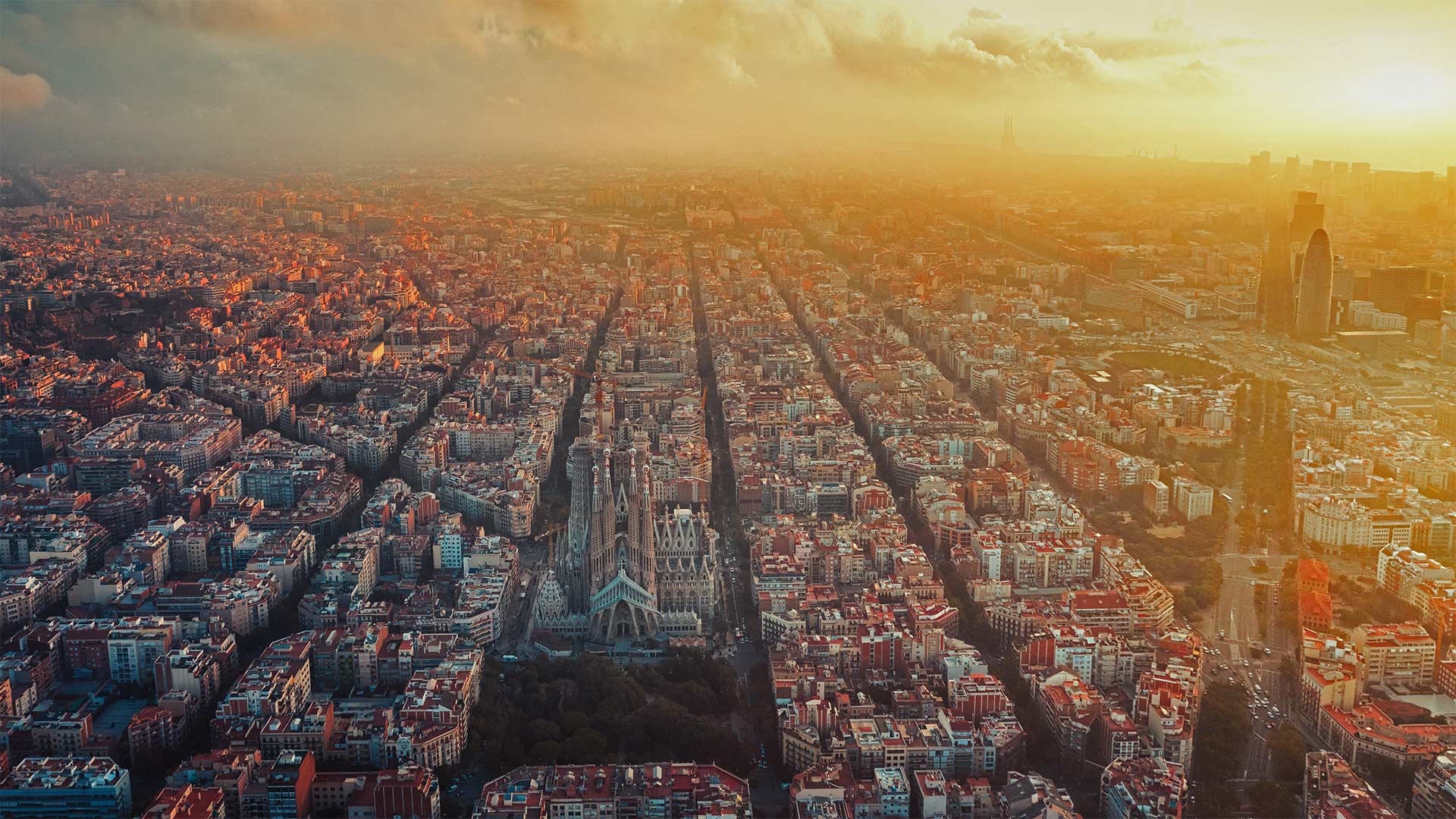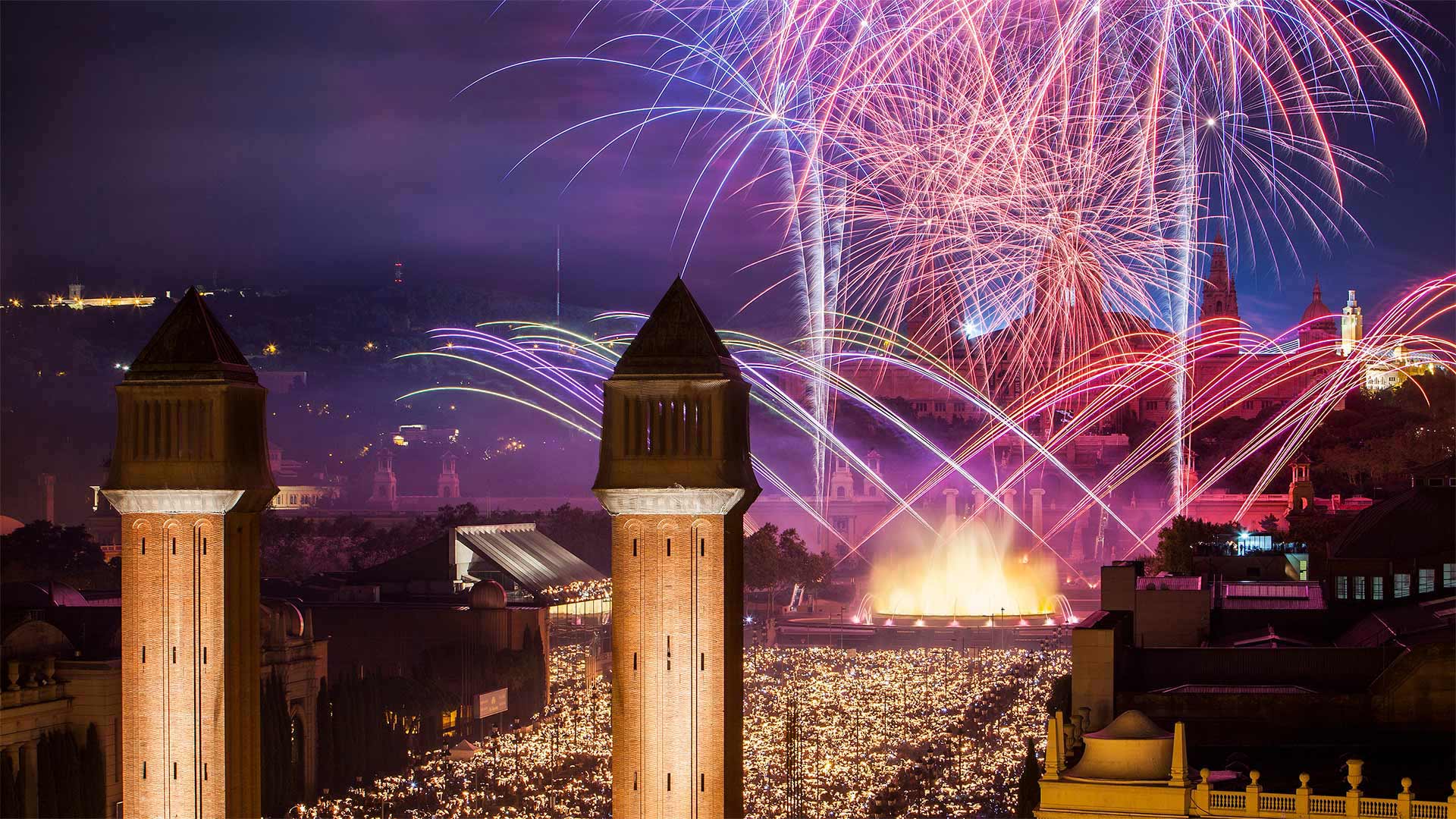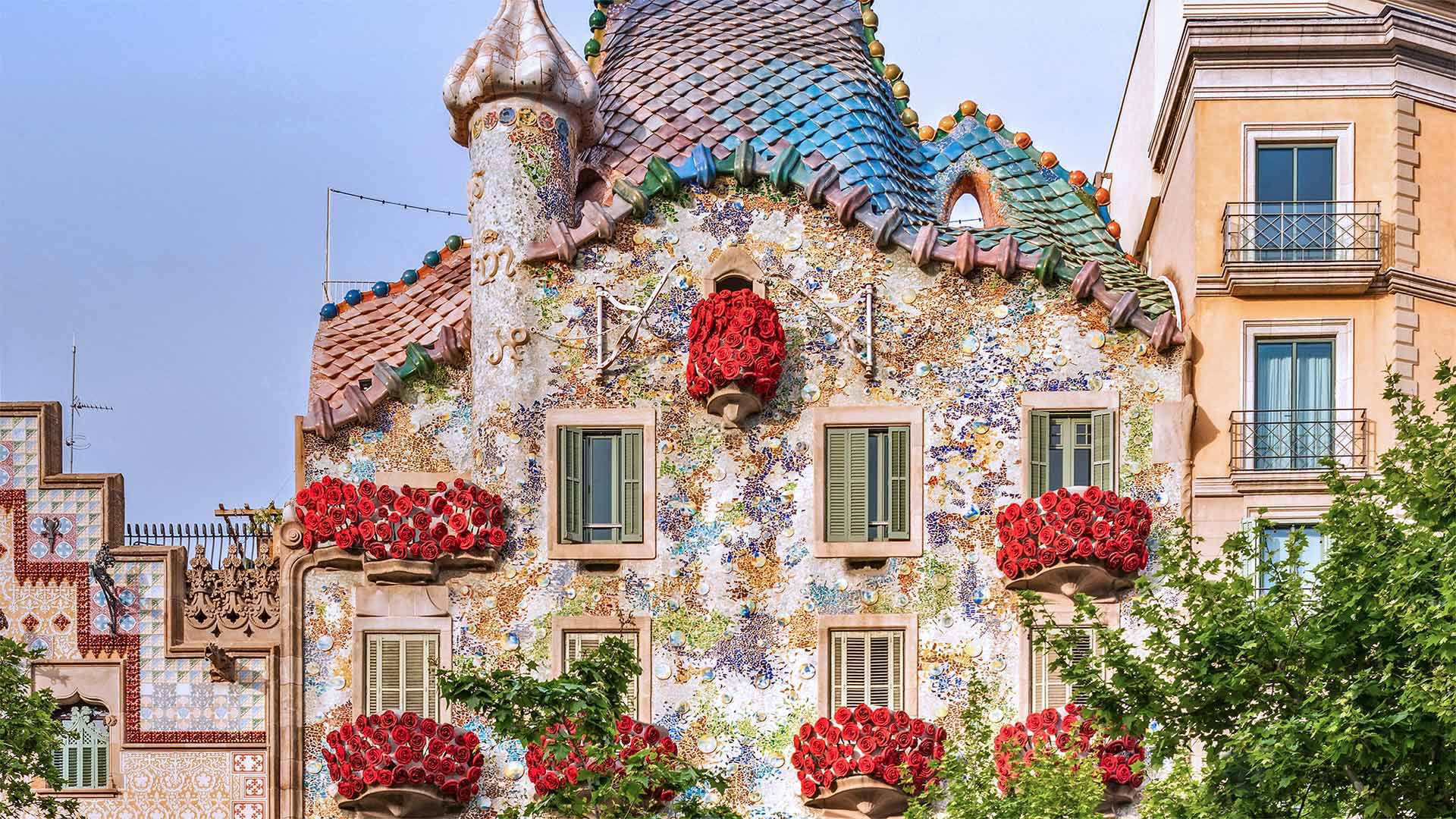标签 巴塞罗那 下的文章
巴塞罗那城市上空,西班牙 Barcelona, Spain (© SW Photography/Getty Images)

巴塞罗那城市上空,西班牙 Barcelona, Spain (© SW Photography/Getty Images)
城市规划永不停歇 Urban planning never stops
World Population Day
The bustling city streets of Barcelona seem as good a place as any to mark World Population Day. More and more of us are heading to the city. It's estimated that 2007 was the first year in which more people lived in cities than in rural areas. If current trends continue, by 2050 about two-thirds of the world population will be living in cities. City planners and government officials will need to account for this rapid increase as power grids, water supplies, public transit, and emergency services will all be stretched.
World Population Day was created by the United Nations in 1989 to focus attention on the urgency and importance of population issues. After hundreds of thousands of years, the world human population finally reached 1 billion around the year 1804. In just over 200 years since then it has exceeded 7.7 billion. It's expected to grow to around 8.5 billion in 2030, 9.7 billion in 2050, and 10.9 billion in 2100. How many is too many? What standard of living can we expect for people when the population exceeds 10 billion? And how many people can the planet sustain while also allowing nature to thrive? These are among the questions policy makers will confront as they consider the future of our world.
世界人口日
巴塞罗那繁华的城市街道似乎是纪念世界人口日的最佳场所。我们中越来越多的人正前往城市。据估计,2007年是城市人口比农村人口多的第一年。如果目前的趋势继续下去,到2050年,大约三分之二的世界人口将生活在城市。由于电网、供水、公共交通和应急服务都将捉襟见肘,城市规划者和政府官员将需要对这一快速增长做出解释。
世界人口日是联合国于1989年设立的,目的是使人们关注人口问题的紧迫性和重要性。几十万年后,世界人口终于在1804年左右达到10亿。从那以后的200多年里,它已经超过了77亿。预计2030年将增长到约85亿,2050年将增长到97亿,2100年将增长到109亿。多少是太多?当人口超过100亿时,我们能期望人们的生活水平如何?在允许自然繁荣的同时,这个星球还能维持多少人?这些是决策者在考虑世界未来时将面临的问题之一。
Fireworks during La Merce Festival in Barcelona, Spain (© Lucas Vallecillos/age fotostock)

Fireworks during La Merce Festival in Barcelona, Spain (© Lucas Vallecillos/age fotostock)
Barcelona bids farewell to summer
Every year, for four days in September, locals and tourists flock to one of Barcelona’s biggest events, La Mercè Festival. It got its beginnings in 1687 when Barcelona was suffering from a plague of locusts. In desperation, city officials voted to ask for the assistance of the Virgin of Grace (Mare de Déu de la Mercè). Delivered from the pestilence, the officials named her patroness of Barcelona, and an annual festival has been celebrated in her honor in the city ever since.
These days, the multiday celebration is considered a farewell bid to the warmer days of summer. Attracting nearly 2 million people, the event is known for its street theatre, castells (human towers), dancing, musical performances, light projection show, and daily street parades with mythical characters and traditional drumming. At the end of the festival, attendees come out in droves for the pièce de résistance—a musical fireworks display known as ‘piromusical.’
